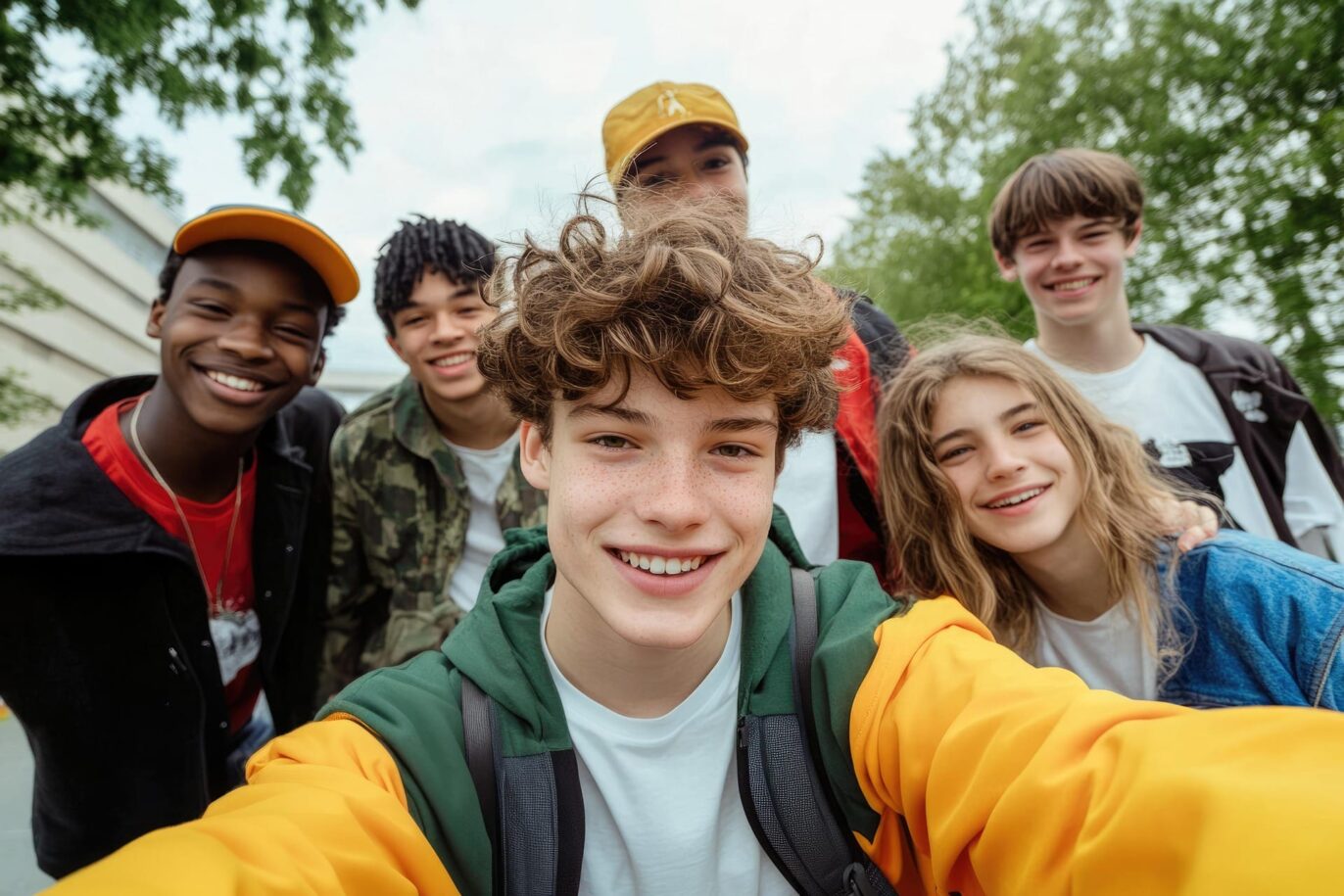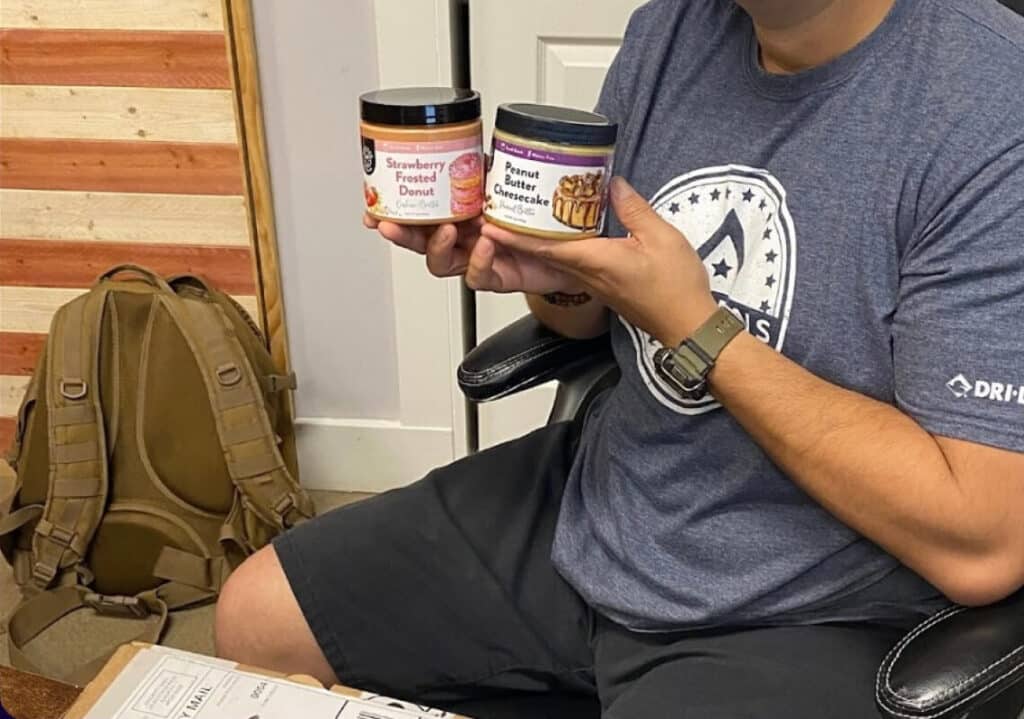How to Create A Brand Ambassador Program in 2025

Creating an ambassador program is only half the battle. Once live, the real challenge lies in a brand’s ability to keep ambassadors engaged, motivated, and contributing over time.
Ambassador programs often experience high participation at the beginning, but momentum tends to dwindle quickly as time goes on. Without the right strategy in place, retention rates drop after the first few months as ambassadors lose interest and move on.
How can ambassador marketing be effectively sustained over time?
On BrandChamp, the top 20% of ambassador programs boast over 50% month-over-month engagement for ambassadors throughout the course of a year.
Why does this matter? Sustained engagement leads to increased brand advocacy, user-generated content, referral sales, and stronger customer relationships.
This article will explore the best practices that can make this level of engagement possible.
Why Most Ambassador Programs Struggle with Engagement and Retention
The longer a program runs, the more baggage it creates and the more creative (and compelling) it needs to get in order to maintain interest. Common challenges with ambassador engagement include:
1) Lack of a structured program journey: A big mistake brands make is assuming initial enthusiasm will sustain itself. With no clear path for long-term participation, ambassadors get bored of the repetition and lose the motivation to stay committed to the brand.
2) Overreliance on monetary rewards: Financial incentives can lose their motivational impact over time and lead to dull transactional relationships with participants. Without reward variety, ambassadors programs can become one-dimensional and too similar to other programs. When all else is equal across brands, loyalty tends to go to the highest bidder.
3) No sense of community: When ambassadors don’t have a space to connect with each other, the program experience can feel isolating and exploitative. A weaker emotional connection to the brand leads to lower participation levels and faster turnover rates.
As flaws within a program pile up, it can become harder to sustain relationships and keep participants engaged long enough to generate consistent results.
In response, brands often get forced into a vicious cycle of constantly recruiting new ambassadors to fill the void of those that leave or go inactive… Only to experience the same turnover.
The key to overcoming these challenges? Building a meaningful community-driven experience that keeps ambassadors engaged, motivated, and connected.
Tip #1: Create a Strong Community Space for Engagement
Ambassadors thrive when they feel like part of a community or larger movement. A strong tribe creates a sense of belonging and deepens the emotional connection with the brand.
Why it works: People are inherently social and the opportunity to connect with like-minded peers can create a powerful sticking force that goes beyond incentives. Ambassadors become more invested, not just in the brand, but in the relationships they form within the community.
Examples of community-building activities:
- Online discussion groups or a community forum
- Monthly virtual meetups or live Q&A sessions
- Peer-to-peer challenges and ambassador leaderboards
Actionable Tip: Create a branded, interactive space where ambassadors can connect, share ideas, and support one another. Encourage program engagement through regular events and recognition opportunities.
Tip #2: Design Fresh, Personalized Experiences
Ambassadors crave novelty and personalization. One of the fastest ways to lose engagement is by offering repetitive, uninspiring experiences that look and feel the same as other ambassador programs. On the other hand, personalized experiences captivate participants and inspire action over time by keeping the program both fresh and relevant.
Why it works: People are motivated by unique experiences that make them feel seen and valued. Personalized program experiences keep ambassadors excited and reinforce their connection to the brand.
Examples of personalized experiences:
- Tailor program activities and challenges to unique segments
- Personalize communications and program updates as they progress
- Curate reward options based on ambassador preferences
Actionable Tip: Segment ambassadors and deliver personalized activities, rewards, and perks that are meaningful to them. Keep engagement levels high with a tiered program that provides a path for ambassadors to own their destiny within the community.
Tip #3: Ramp Up and Activate Ambassadors Early
Onboarding alone isn’t enough to drive long-term engagement. A clear activation strategy during the first 90 days is critical for retaining ambassadors and helping them reach their full potential. The first 90 days are key for building momentum, deepening brand connections, and positioning ambassadors for long-term success.
Why it Works: When ambassadors follow a clear path to progress, they feel more connected, confident, and engaged. Without structure, they’re more likely to give up or lose interest after the initial excitement disappears.
Examples of activation strategies:
- Establish deeper connections with participants by asking them to review brand guidelines in the knowledgebase or say hi to other ambassadors in a community forum.
- Offer a set of initial easy wins like adding links/codes to their social bios, announcing their ambassadorship, or sharing a testimonial about their experiences with the brand.
- Design early-stage milestones to reward ambassadors as they progress through the program and build momentum.
Actionable Tip: Develop a well-structured 90-day activation plan that builds excitement, strengthens community relationships, and reinforces good participation habits early on.
Tip #4: Diversify Incentives Beyond Financial Rewards
While monetary incentives can work well for specific contributions like referrals, they shouldn’t be the sole motivator for the entire program. Reward diversity and the freedom to choose incentives provides a more engaging, memorable experience.
Why it works: Diversity in rewards taps into different types of motivation like recognition, exclusivity, and self-expression. In addition, unique rewards offer unique experiences that cannot be easily replicated by other brands.
Examples of diverse incentives:
- Exclusive brand merchandise or in-store discounts
- VIP experiences (event invitations, insider perks, early product access)
- Larger, experiential rewards that require longer-term participation
Actionable Tip: Create a reward catalog with both financial and non-monetary incentives. Allow ambassadors to choose how they’d like to be rewarded.
Tip #5: Give Ambassadors Freedom to Choose How to Engage
Rigid programs with the same narrow set of repetitive tasks can stifle creativity and disengage ambassadors. Flexibility and autonomy lead to higher engagement and deeper brand advocacy.
Why it works: When ambassadors have variety in how they can participate and have the freedom to choose how to contribute on their terms, they are more likely to participate consistently. This freedom also encourages authentic, high-quality content based on individual inspiration rather than necessity.
Examples of flexible contribution options:
- Offer options for different types of themed content (i.e. “A day in the life”)
- Allow for local field marketing & in-person advocacy
- Provide a variety of recurring activities ambassadors can contribute regularly
Actionable Tip: Provide a menu of contribution options and invite ambassadors to propose their own ideas. Recognize and reward creative contributions to encourage innovation.
Conclusion: Creating an Engaging Ambassador Program
Ambassador engagement isn’t just about incentives—it’s about creating a program that fosters connection, purpose, and ongoing value.
With the right program experiences, brands can transform short-term participation into sustained advocacy that can be effectively replicated and scaled as the program grows.
Ready to take your ambassador program to the next level? Explore how BrandChamp can help you build and scale an engaged ambassador community. Book a demo today.






